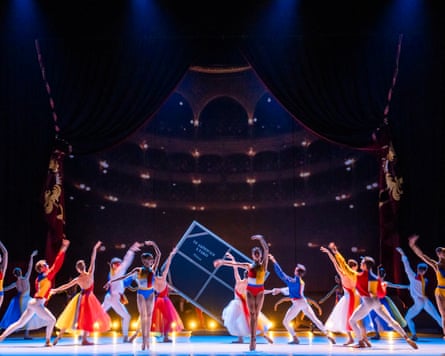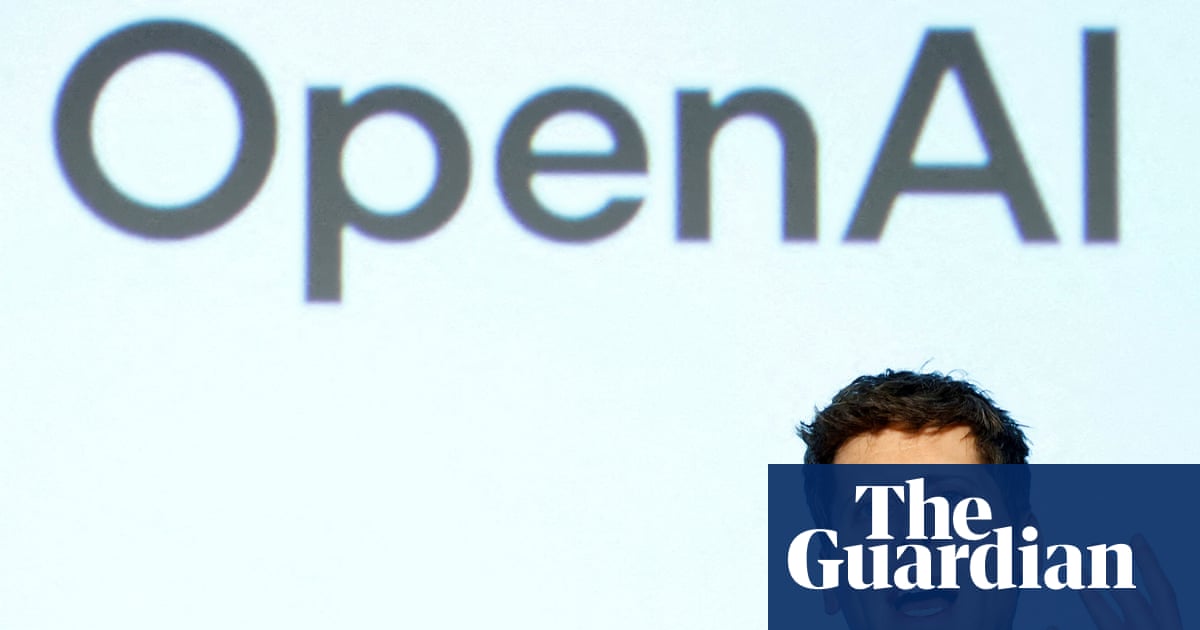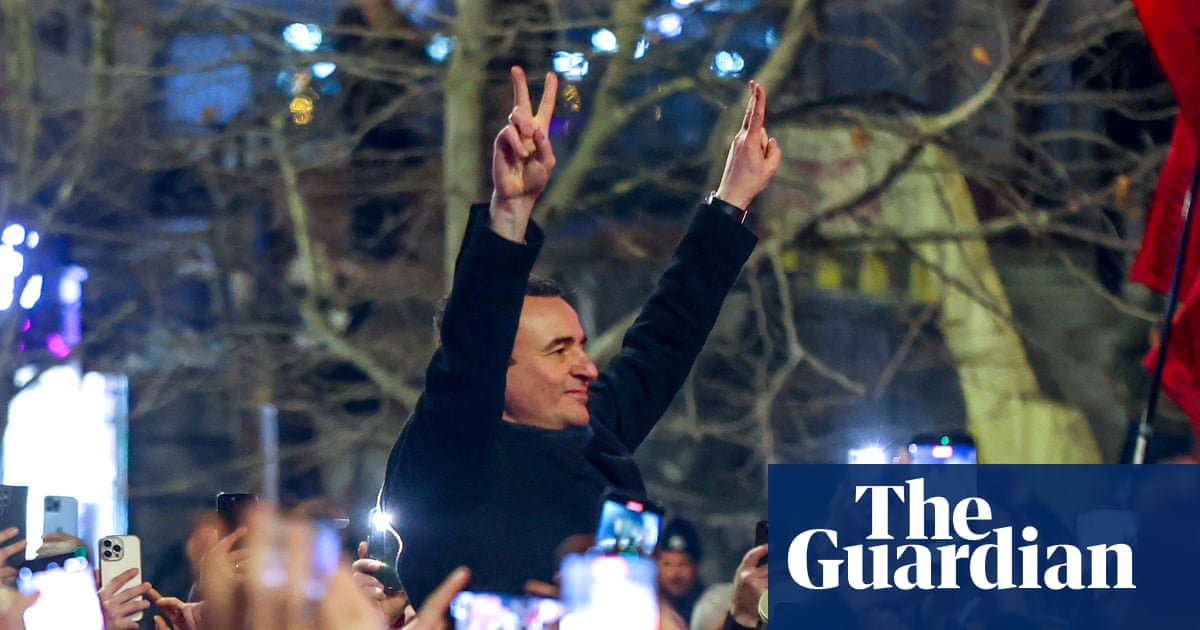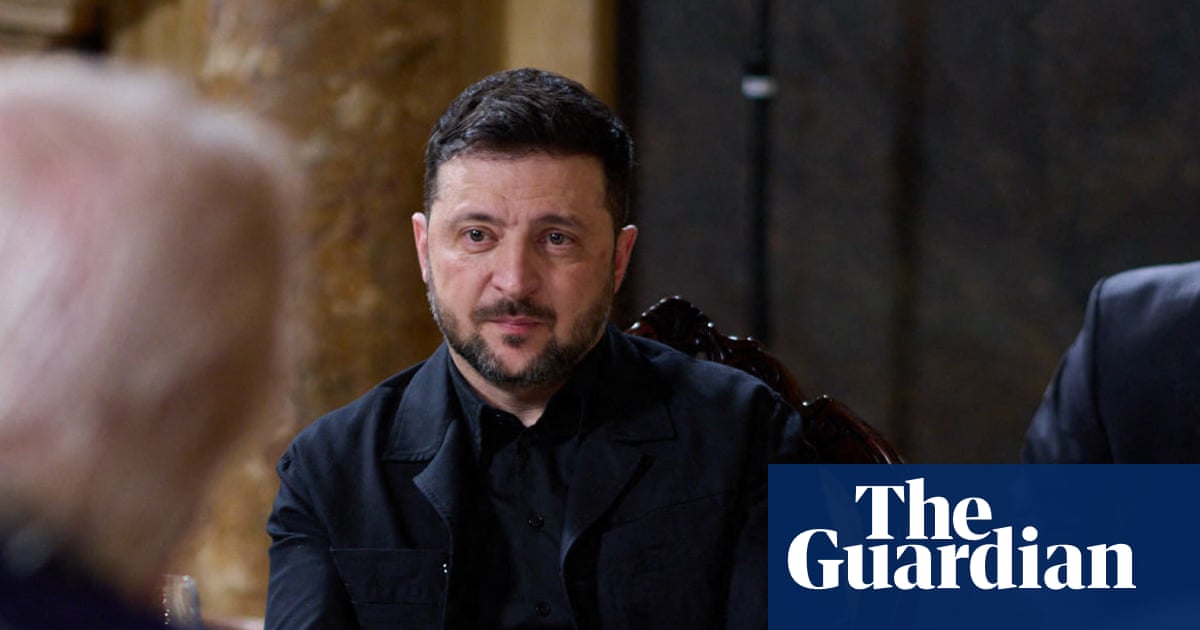Last year, more than 37 million people settled their behinds into the red-velvet upholstery, plastic chairs or wooden “I’ll only tolerate this because it’s the Globe” benches of a theatre. West End attendance has reportedly grown by 11% and regional audiences have increased by 4% since 2019 – pretty impressive amid a cost of living crisis and after a pandemic that had us all locked in our houses.
The increase in attendance can be chalked up to all sorts of reasons: the post-Covid return of tourists to the UK, schemes offering more reasonably priced tickets, and big films such as Wicked leaving people wondering what that Defying Gravity note sounds like live. But I’d throw another contender into the mix: the rise of AI.
For some, AI’s arrival has been exciting or, at the very least, handy – who doesn’t want to outsource life’s grunt work, or get an expert photo editor/nutritionist/therapist for nothing? For others, it feels bleak and bewildering. They’ve watched AI replace jobs, supersede human connection and infiltrate almost every area of our lives. Even worse, it’s started doing it on the sly. From AI-generated articles appearing in Wired and Business Insider (I’m real, I promise) to deepfakes of politicians going rogue, it’s becoming increasingly difficult to spot what’s real and what’s not.
That feels especially unsettling when it comes to the arts – a space where we let our emotional selves loose. It’s a sickening feeling to discover that the song that made you feel seen wasn’t written by a human with the same struggles as you. And that, no, that wasn’t real despair cracking the voice that moved you to tears.
But theatre? Sitting with other humans, watching yet more humans grapple with what it is to be human? There’s no mistaking that. Yes, the whole thing’s make-believe, but at least the artifice is out in the open. And everything else is as real as it gets, which is exactly what many of us are after.
There’s the real human connection that comes from a shared experience (no AI companions here); real points of view instead of assertions Frankensteined from every thought on the internet; real mistakes to whip Instagram’s veil of perfection from our eyes; and real variety between performances. And, of course, there are real emotions – on stage and in the audience.
That last one is especially important. In his seminal text, Poetics, Aristotle argued that feeling negative emotions while watching a tragedy not only lets us purge those emotions, but also equips us to deal with them better in our real lives. When tricky feelings can be muted with scrolling, and grief sidestepped through AI-resurrected loved ones, perhaps there’s part of us that knows that what we really need is a good old cry in a darkened room. Plus, live theatre is one of the few art forms where digital distraction just isn’t an option.
Theatre doesn’t just challenge us to feel. While AI takes the cerebral heavy lifting out of life – knowing everything so we can retain next to nothing, and telling us what to buy, eat and wear – theatre promises the opposite. At its best it holds a mirror to our greatest societal challenges and asks us what we think. What we’re going to do. A tempting proposition for anyone valiantly fighting brain rot.

But AI detractors taking solace in theatre doesn’t mean that theatre-makers have been ignoring it. AI-focused research projects are happening at Stanford University and the Royal Shakespeare Company; the National Youth Theatre has performed improv using scene prompts from Microsoft Copilot; and, next June, the Royal Ballet and Opera launches RBO/Shift, an annual festival exploring the links between opera and technology. The inaugural theme? You don’t need ChatGPT to answer that one.
AI can automate lighting and sound, generate set designs, produce live captioning and audio descriptions, and even write scripts. In the Young Vic’s 2021 production AI, a group of theatre-makers prompted GPT-3 to write one script over the course of three performances. And, in the same year, the Czech Centre in London and Prague’s Švanda theatre produced AI: When a Robot Writes a Play, a largely “autobiographical” tale.
But in true societal mirror-brandishing style, both plays interrogated the technology. In AI, audiences watched GPT-3 describe the character played by one of the actors, Waleed Akhtar, as a terrorist and typecast him as a Muslim. Guardian critic Arifa Akbar found that the robot’s autobiographical masterpiece largely consisted of it “obsessing about sex, which may not be surprising, given the prevalence of internet pornography”. Maybe theatre, then, isn’t just an escape from the perils of AI, but one of the best places to explore them in real time.
after newsletter promotion
There is, of course, anxiety in the theatre community about the threats posed. In March, bodies including Equity and the Society of London Theatre co-published a manifesto aimed at protecting workers. But the technology’s potential to cut costs and streamline processes could also help the struggling sector (despite my cheery opener, theatres are facing unsustainable financial strain thanks to rising costs and shrinking investment), and many theatre-makers seem confident that AI’s role will never stretch beyond creative partner.
And, really, how could it ever hope to? Unless we reach Full Robot Takeover, no AI will ever be able to stage a play – even one that it wrote, designed and composed the music for – without those wonderful things we spoke of earlier: humans.
Theatre may just be one of the only art forms to benefit from AI without ever being truly threatened by it. Here’s hoping.
If you want to read the complete version of this newsletter please subscribe to receive The Guide in your inbox every Friday

 3 months ago
81
3 months ago
81

















































